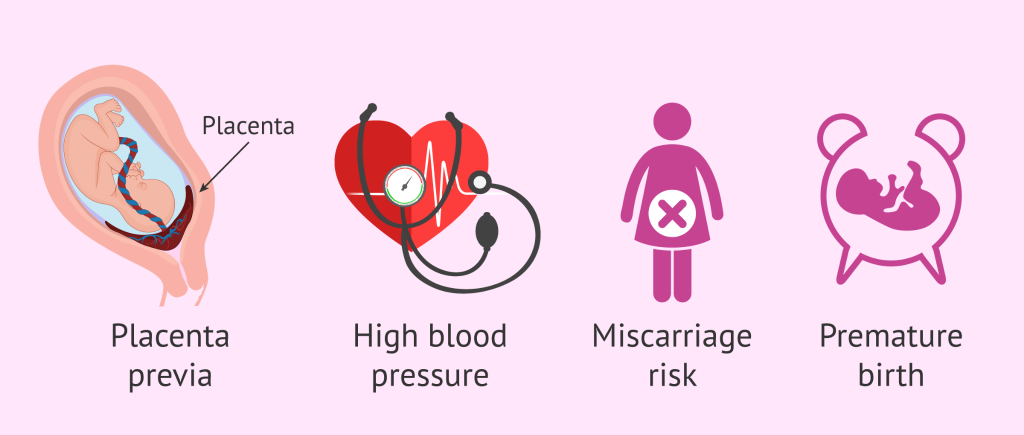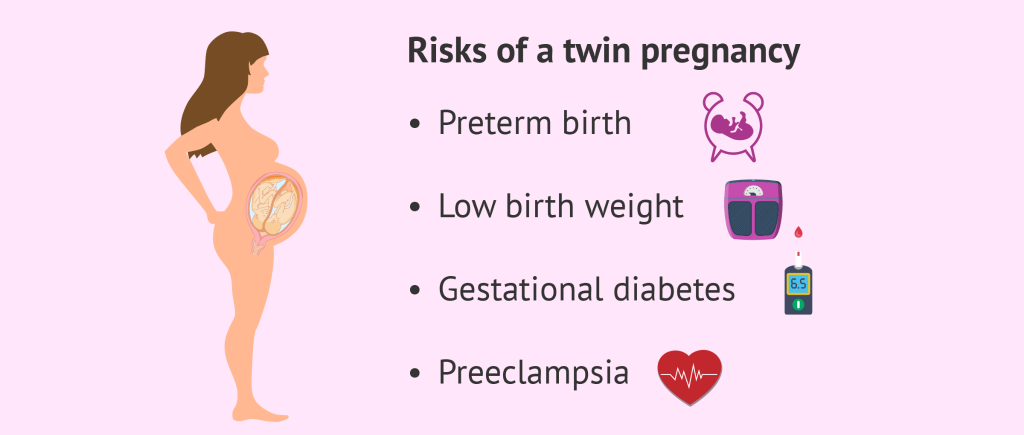IVF Treatment And Multiple Pregnancy: Risks And Management Strategies At Centers In Jaipur
In Vitro Fertilisation is a hope for couples who cannot conceive naturally, even after trying it out for years. During the ART treatment, the mature eggs and the partner’s/donor’s sperm are collected and fertilised in the lab. The fertilised embryos are then transferred to the uterus.

But since multiple embryos are transferred to increase the IVF success rate, it also poses a risk for multiple pregnancies, like twins or multiples. According to a report on the Risk of IVF Twins and Multiples by the Fertility Institute, the natural twin rate with IVF is around 2%.
Therefore, regular monitoring by fertility experts and cancelling the ovulation induction cycle to limit the number of embryos transferred can help reduce multiple pregnancy risks. If you’re undergoing IVF treatment or planning for it, consulting the best fertility experts who assure regular monitoring and assistance is essential.
Aastha Fertility Care is one of the best fertility centres in Jaipur, with experts practising for more than 7+ years in the field. Offering a range of fertility treatments, the centre has the highest IVF success rate, i.e., 30% (varying according to age).
Consult with the specialist for reduced multiple pregnancy risk while ensuring the highest IVF success rate. But before that, scroll down for an overview of multiple pregnancies and IVF treatment, risks and management strategies for a clear picture.
Understanding IVF Treatment And Multiple Pregnancies
Every fertility procedure carries some risk, and IVF is not an exception to this norm, even though it is one of the safest infertility treatments. Multiple births are among the most dangerous of this strategy historically. The likelihood of multiples or twins is strongly influenced by the embryo numbers transferred during an IVF fertility treatment session.
Although the natural twin’s rate is 2 per cent, i.e., twins are rare. These rates were altered by ART or Assisted Reproductive Technology, and the findings by the Centers for Disease Control (CDC) of babies born through ART are the following:
- Twins- 43 per cent
- Triplets or more- 3 per cent
Therefore, up to 3% of all live births can be attributed to infertility therapies. Still, up to fifty per cent of twin deliveries and seventy-five per cent of multiple conceptions or higher-order could also be attributed to these treatments.

Risks Of Multiple Pregnancies In IVF Treatment
An individual child can only be carried for the term in the woman’s womb. The risks associated with IVF multiple pregnancies include the following:
- The likelihood of premature delivery, preterm birth, or other difficulties during the pregnancy increases with adding one extra foetus or multiple. According to American Pregnancy Association’s report on Complications in Multiple Pregnancies, preterm or premature birth affects over 90% of triplets and 60% of twins.
- Twin pregnancies are twice as likely to experience life-threatening maternal problems.
- For twins, the chance of maternal death is roughly four times greater.
- The low birth weight issue is also associated with multiple pregnancies.
- More frequent problems include pre-eclampsia and twin-to-twin transfusion syndrome (TTTS).
- Preterm deliveries are very risky and may cause premature infant deaths or physical and mental problems that last a lifetime.
- A preterm newborn may need ongoing care in addition to the initial expenses of neonatal care because of immune system issues, persistent lung disorders, and learning challenges.

Management Strategies Of Multiple Pregnancies In IVF Treatment
– Single Embryo Transfer
Restricting the embryos’ transfer number is the greatest strategy for reducing the multiples risk during IVF treatment. Elective Single embryo transfers, called eSETs, are the care approaches at renowned fertility centres in Jaipur. A single embryo transfer is advised for most IVF patients by the Society for Assisted Reproductive Technology, the American Society for Reproductive Medicine, CDC, and many reputed organisations known for fertility reports.
Best Prospects of Single Embryo Transfer
The success rates of single embryo transfers and multiple transfers in IVF are comparable. The following people are the best prospects for single embryo transfers:
- Under 38 years
- Have embryos and eggs of good quality
- Have not opted for IVF treatment yet
– Blastocyst Culture And Transfer
Blastocyst transfer and culture can lower the multiple births’ likelihood while increasing the chances of a healthy pregnancy. The embryos’ growth is observed for five days during Blastocyst Culture and Transfer. Then, to lower the likelihood of multiple births and improve your chances of conceiving successfully, they only transfer the healthiest embryos and keep embryo transfer numbers to a minimum range.
– Frequent Ultrasounds And Monitoring
Multiple pregnancies during IVF require close monitoring and multiple ultrasound scans as management strategies. It enables the fertility to carefully monitor each foetus’ growth and identify and address any issues as soon as possible.

Best Stop for IVF Treatment in Jaipur
Fertility experts’ guidance is crucial to minimise the risk of multiple pregnancies during IVF. Multiple pregnancies have a higher risk of complications for both mother and babies. Fertility experts monitor and adjust the number of embryos transferred and suggest elective single-embryo transfer to reduce the risk.
Aastha Fertility, the best IVF clinic in Jaipur, implements management procedures that include restricting the number of embryos transplanted, closely observing the pregnancy and frequent ultrasound scans to decrease the possible dangers with multiple pregnancies during IVF treatment. The methods employed at Aastha Fertility provide the optimum results for foetuses and the mother.

